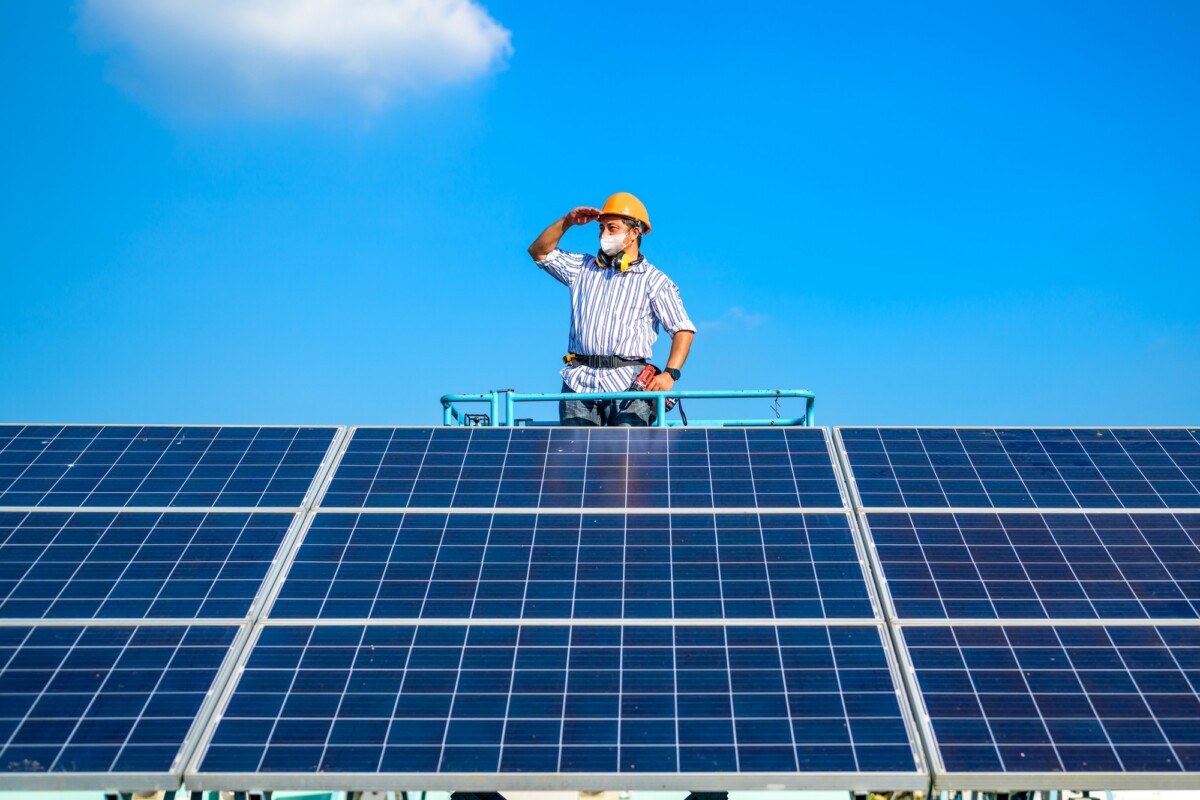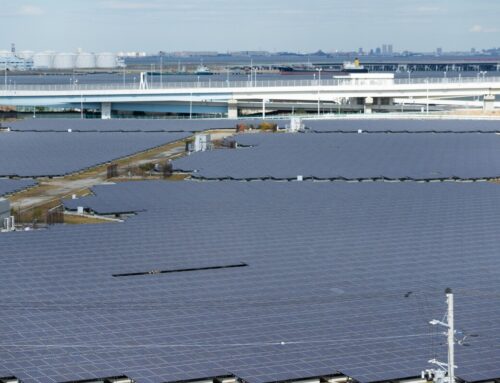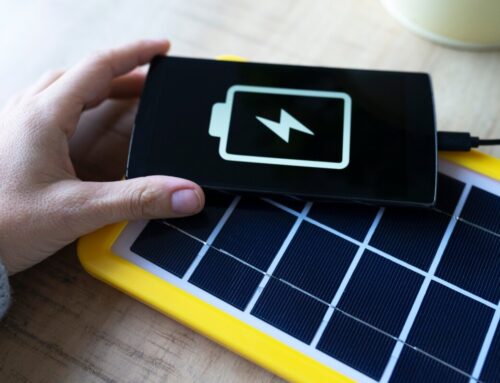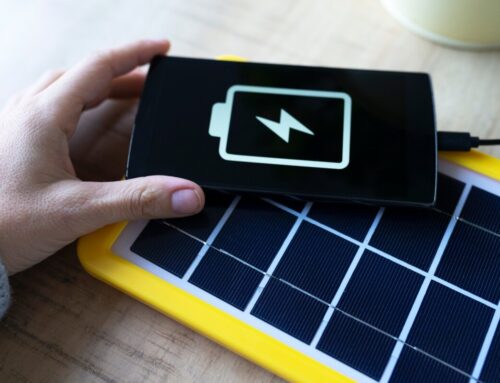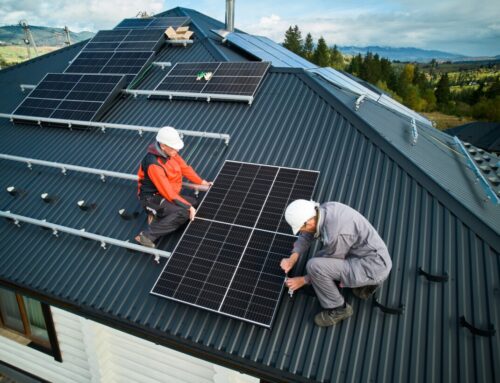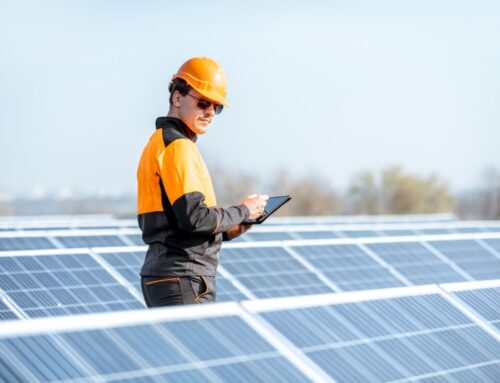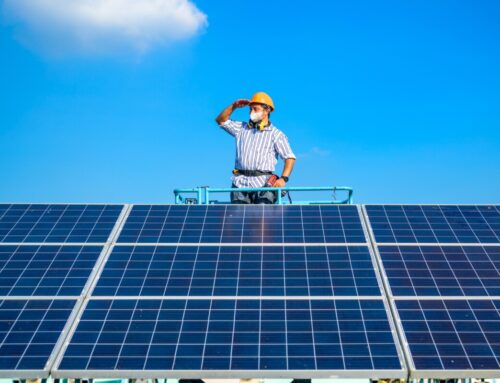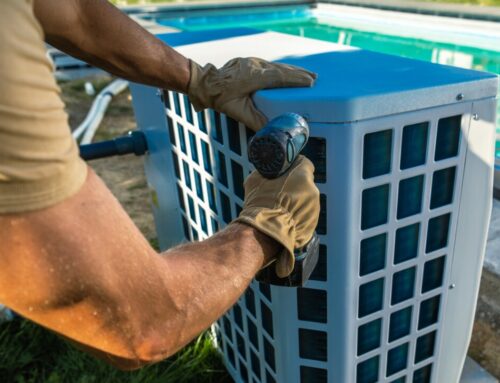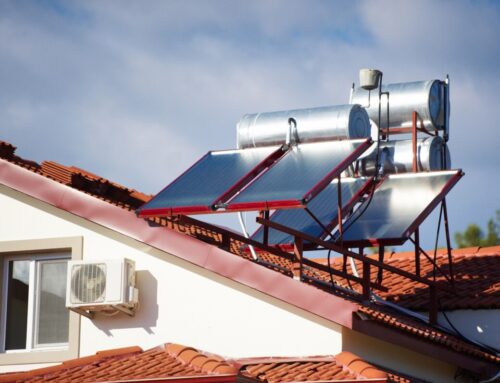Solar Pool Heater for Inground Pool: Complete 2025 Guide
Solar pool heater for inground pool systems have revolutionized how homeowners enjoy their backyard pools—offering a cost-effective, eco-friendly way to extend the swimming season without burning through electricity or gas. If you own an inground pool and want to make the most of it from early spring to late fall, installing a solar pool heating system might be the smartest move you make this year.
This guide will walk you through everything you need to know about solar pool heaters for inground pools: how they work, pros and cons, best systems in the market, installation costs, and long-term savings. Whether you’re building a new pool or upgrading an existing one, this is your go-to resource.
What Is a Solar Pool Heater for Inground Pools?
A solar pool heater is a system that uses energy from the sun to raise the temperature of the water in your swimming pool. For inground pools—which often hold thousands of gallons of water—this is a sustainable solution that eliminates the need for expensive gas or electric heaters.
Here’s how it works:
-
Water is pumped from the pool through a filter.
-
The filtered water passes through solar collectors (panels usually installed on the roof or ground).
-
These collectors heat the water using the sun’s thermal energy.
-
The warm water is then returned to the pool.
This cycle repeats automatically, using your existing pool pump or a slightly upgraded version.
Why Choose Solar Pool Heating Over Traditional Heating?
Using solar energy to heat an inground pool comes with several standout benefits:
-
Zero fuel costs: Once installed, the sun does the rest.
-
Low maintenance: Solar heaters require minimal servicing.
-
Environmentally friendly: Reduce your carbon footprint.
-
Longer swim season: Enjoy warm water even in cooler months.
-
Increase home value: Energy-saving upgrades attract buyers.
While traditional heaters can run up energy bills by hundreds of dollars per month, solar pool heaters can pay for themselves in just a few seasons.
Key Components of a Solar Pool Heater System
To understand what you’re getting, let’s break down the main parts:
| Component | Description |
|---|---|
| Solar Collectors | Panels that absorb sunlight and heat the pool water |
| Pump | Moves water from pool to collectors and back |
| Filter | Removes debris before water enters solar collectors |
| Flow Control Valve | Directs water flow to the solar panels or bypass when heating isn’t needed |
| Controller (optional) | Automatically adjusts flow based on temperature settings |
Most systems are compatible with existing pool pumps, although some upgrades may improve efficiency.
Types of Solar Pool Heaters for Inground Pools
There are different types of solar heaters based on your climate and pool usage:
1. Unglazed Solar Collectors
-
Made from heavy-duty rubber or plastic
-
Ideal for seasonal use (spring to fall)
-
Cost-effective and durable
-
Most common type for residential inground pools
2. Glazed Solar Collectors
-
Feature glass covering and copper tubing
-
More efficient in cold climates or year-round use
-
Higher cost, but better heat retention
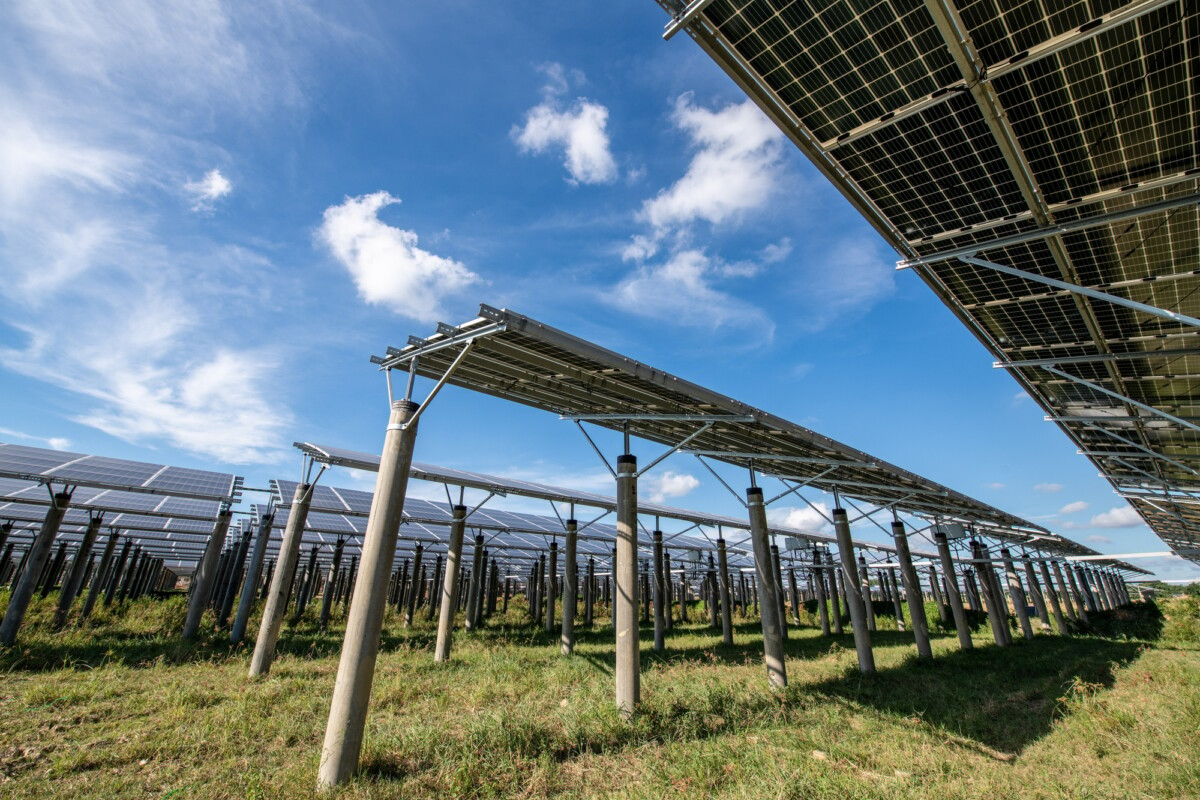
Curious about solar? Let us help you discover how solar energy can revolutionize your home and save you money. Request Your Free Solar Estimate at SOLAR ENERGY
Best Solar Pool Heaters for Inground Pools (2025)
| Brand / Model | Type | Pool Size Capacity | Warranty | Price Range (USD) |
|---|---|---|---|---|
| SmartPool S601P | Unglazed | Up to 30,000 gallons | 5 years | $275 – $350 |
| SunQuest Solar Pool Heater Kit | Unglazed | Up to 32,000 gallons | 5 years | $300 – $400 |
| Fafco Solar Bear System | Unglazed | Up to 18,000 gallons | 10 years | $250 – $350 |
| Heliocol HC Series | Glazed | 30,000+ gallons | 12–15 years | $2,000 – $4,000+ |
| SwimLux Premium | Glazed | Commercial grade | 15 years | $3,500+ |
Note: The total cost of your system will depend on how many panels you need. Typically, panels should cover 50–100% of your pool surface area.
Installation Process: What to Expect
Installing a solar pool heater for your inground pool usually involves the following steps:
-
Assessment: Determine the best location for solar panels—typically the roof or a nearby sunny area.
-
Sizing: Calculate how many solar collectors you need based on pool volume and sun exposure.
-
Panel Installation: Mount solar collectors and connect plumbing to your existing filtration system.
-
Integration: Add valves and a controller if needed.
-
Testing: Check for leaks, flow rate, and temperature regulation.
Professional installation takes 1–2 days. DIY installation is possible if you have plumbing experience and basic tools.
How Many Solar Panels Do You Need?
A rough rule of thumb is that your solar panel surface area should be 50–100% of your pool’s surface area depending on your climate and desired swim season length.
| Pool Size (sq. ft.) | Suggested Solar Panel Area (sq. ft.) |
|---|---|
| 400 sq. ft. (small) | 200–400 sq. ft. |
| 800 sq. ft. (medium) | 400–800 sq. ft. |
| 1000+ sq. ft. (large) | 600–1000+ sq. ft. |
Warmer climates may get away with less panel area. Cooler areas require more.
Solar Pool Heater Costs vs. Savings
Here’s what you can expect financially:
-
System cost: $2,000–$4,000 (equipment + installation)
-
Operational cost: $0 (uses existing pump & sunlight)
-
Lifespan: 10–20 years
-
Annual savings: $500–$1,500 vs. gas/electric heaters
-
Payback period: 2–4 years depending on usage
Over the life of the system, you could save $10,000+ in heating costs.
Maintenance Tips for Longevity
-
Flush the system annually to remove sediment or scale.
-
Check panel connections for leaks or cracks.
-
Clean filters and pump basket regularly.
-
Monitor flow valves for smooth operation.
-
Cover your pool at night to retain heat and reduce evaporation.
Well-maintained systems can last over 15 years with minimal repair needs.
Are Solar Pool Heaters Effective in All Climates?
Yes—but with varying results.
-
In sunny regions (e.g., California, Florida): Max efficiency, long swim season.
-
In mild regions (e.g., Mid-Atlantic, PNW): Extended use with moderate panel coverage.
-
In cold regions: Consider glazed panels or combining with backup gas/electric heaters.
Solar pool heating is scalable—you can always add more panels for extra heat.
FAQs About Solar Pool Heater for Inground Pool
1. How warm will a solar pool heater make my water?
Solar heaters can raise pool water by 5°F to 15°F depending on sunlight and system size.
2. Can I install solar pool heating myself?
Yes, especially with DIY kits like SmartPool or SunQuest. However, roof mounting and plumbing might require professional help.
3. How long does it take to heat a pool with solar?
On average, 1–3 days of full sun can raise temperatures by 10°F. Use a solar cover to retain heat faster.
4. Do solar pool heaters work on cloudy days?
They still function, but efficiency drops. Cloudy regions benefit from larger or glazed collector systems.
5. What if I have a shaded backyard?
You can mount panels on a roof that gets sun or install a ground rack at an optimal angle for max exposure.
Don’t wait to go solar! Thousands of homeowners are saving—join them and start reaping the benefits.
Book Your Free Consultation at SOLAR ENERGY
Explore additional solar solutions at NEW SOLAR QUOTES and discover how it can benefit your home!

